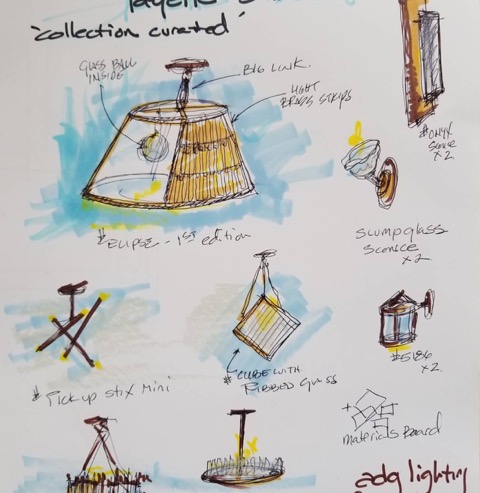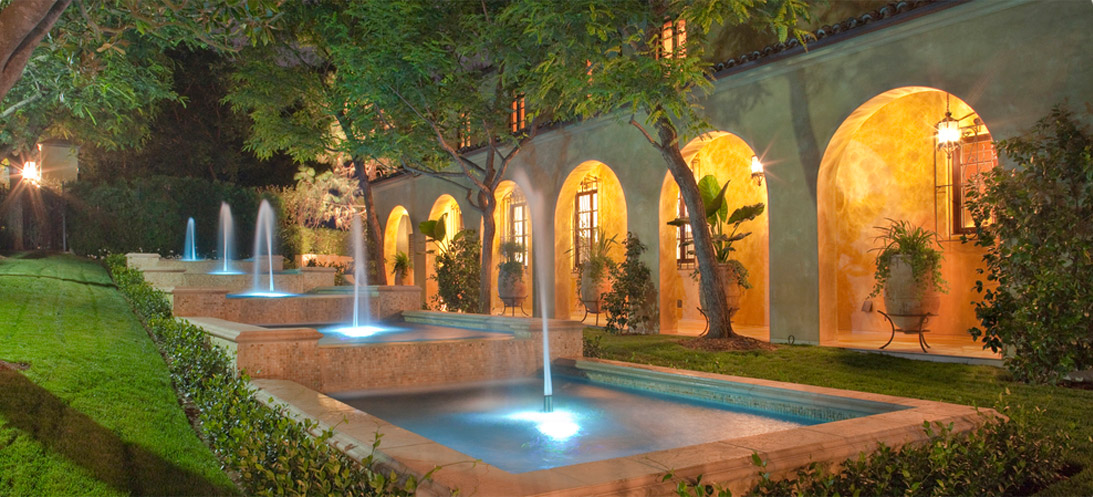
“Given the impact of climate change, we can begin to think a lot more about the opportunity for living with water as opposed to fighting it,”
~Kunle Adeyemi, Architect
In an age where we grapple with the effects of climate change and rising water level across the globe, the question now becomes how will our cities properly deal with the challenge? Some in the architectural community put forward the idea that floating buildings will be the answer moving forward. These innovative ideas are being promoted in a wide variety of designs in various locations around the world. Solutions that are being offered range from floating prefab homes to entire neighborhoods that are totally amphibious.
Core samples, tide gauge readings, and most recently, satellite measurements tell us that over the past century, the Global Mean Sea Level (GMSL) has risen by 4 to 8 inches. However, the annual rate of rise over the past 20 years has been 0.13 inches a year, roughly twice the average speed of the preceding 80 years. When sea levels rise rapidly, as they have been doing, even a small increase can have devastating effects on coastal habitats. As seawater reaches farther inland, it can cause destructive erosion, wetland flooding, aquifer and agricultural soil contamination, and lost habitat for fish, birds, and plants.
With the ever-increasing threat of rising water, a community that has pioneered the idea of water-based living is the Netherlands. With over half of its landmass underwater, the Netherlands have mastered the art of water management, namely through an effective and creative canal system. Climate change has forced that creativity forward to find more ambitious ways to transform its cities. In Amsterdam, you will find innovative houseboats all around the city. One of the most creative designs is a slatted timber structure that floats and has one story submerged below the water level. Designs now exist for an entire housing complex that can float and is set on artificial islands.
Other examples of floating architectural design that are meeting the challenges of rising water levels can be found in Lagos, Nigeria, which is battling significant rises in tides and water levels. Architect Kunle Adeymi has designed numerous floating buildings in the region, including schools and radio stations. Other innovations are being offered by teams from the University of Coimbra, Portugal. Their idea was to design and build prefabricated houses that can be shipped and assembled anywhere in the world.
From The Design Studio
Collection from the ADG showroom
by Gerald Olesker, CEO, ADG Lighting














